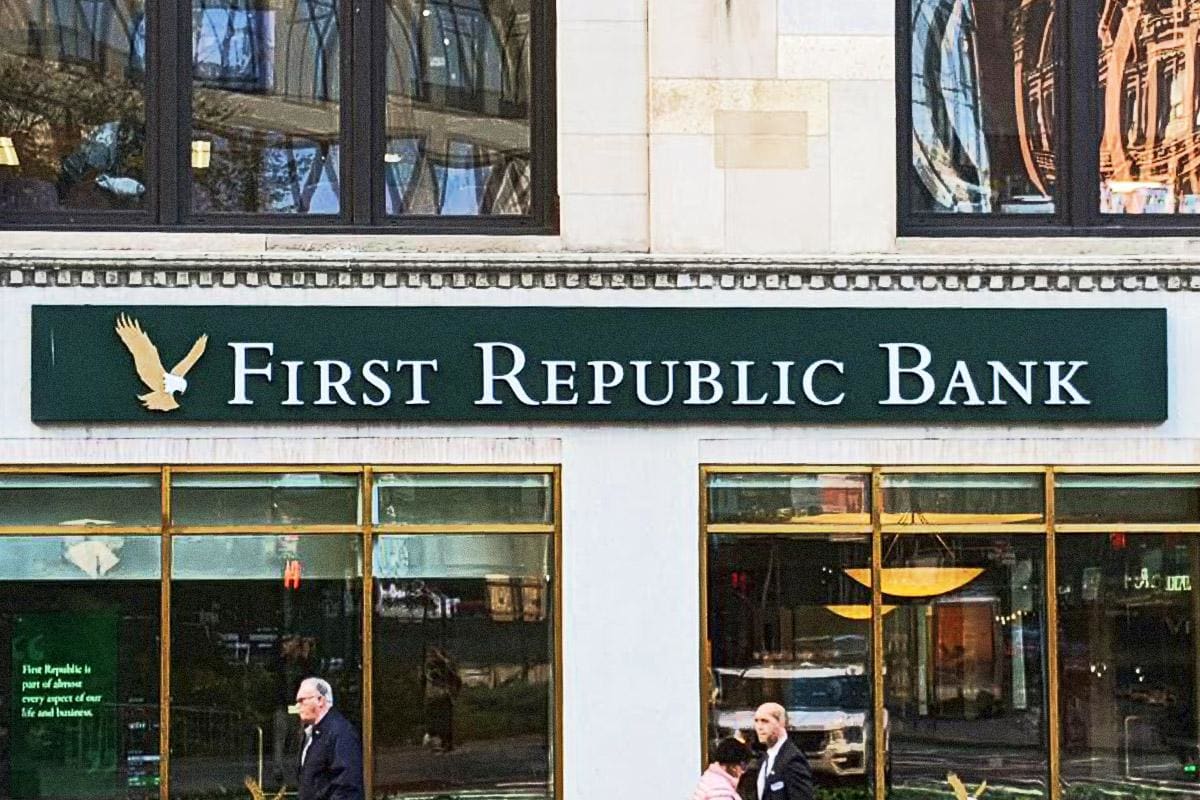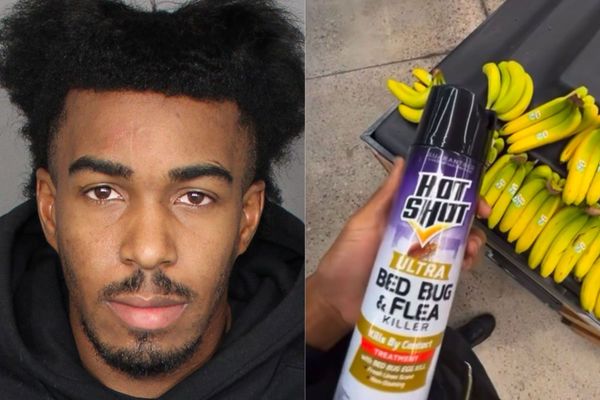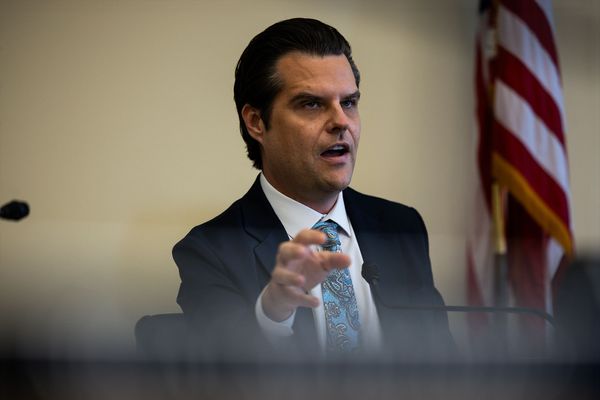
Crisis has hit the U.S. regional bank industry, with both SVB and Signature Bank going belly-up.
If you’re a stock investor, you’re probably wondering which other banks may be at risk – which bank stocks you might avoid.
There’s liquidity risk: the risk of customers pulling out their deposits en masse, a Morningstar report notes. That drains banks’ liquidity, putting pressure on their balance sheets.
“Regional banks are typically not as liquid as their diversified [money-center] counterparts,” Morningstar said. Moreover, a big enough run on deposits would be enough to topple any bank, said Morningstar bank analyst Eric Compton.
Banks Face Capital Risk
Then there are institutions with capital risk: banks “whose financial health would suffer the most should they have to realize the losses from their available-for-sale and hold-to-maturity securities.”
These are bonds owned by banks that have paper losses, but those losses don’t have to be reported in the banks’ financial statements until the bonds are sold.
“While those losses remain unrealized, [the five] banks [listed below] are in good standing based on their common equity Tier 1 Ratio, which is a measure regulators use to evaluate a bank’s ability to absorb losses without triggering insolvency,” Morningstar said.
“Generally, banks want to aim toward a common equity Tier 1 ratio of 7% as a minimum, or face fines from regulators. Banks that go below 4.5% could trigger a takeover by regulators.”
The five banks below currently have common equity Tier 1 ratios over the 7% minimum. “However, if they’re forced to sell securities and realize their losses to raise liquidity, that quickly changes,” Morningstar said.
These Banks Are the Most Vulnerable
Here’s its list of the five banks facing above-average liquidity and/or above-average capital risks:
- First Republic Bank (FRC). Above average liquidity risk and high capital risk.
- Huntington Bancshares (HBAN). Above average liquidity risk and above average capital risk.
- KeyCorp (KEY). Average liquidity risk and above average capital risk.
- Comerica (CMA). Above average liquidity risk and “not bad” capital risk.
- Truist Financial (TFC). Below average liquidity risk and above average capital risk.
First Republic Has the Most Problems
“The stock facing the biggest questions is First Republic Bank,” Morningstar said in its March 15 report.
On March 16, knowledgeable sources told Bloomberg that some of the country’s biggest banks are near agreement to deposit up to $30 billion in First Republic Bank in a government-supported attempt to buoy the bank.
In any case, “First Republic’s issues are a bit idiosyncratic, with its liquidity issue being driven by a loan-to-deposit ratio of 94%, compared with an average of 68% among banks covered by [Morningstar analyst] Compton,” it said. That ratio means the bank is deploying almost all its deposits to fund its lending.
“Furthermore, Compton notes that First Republic’s clients may overlap with SVB’s clients,” Morningstar said. That “leads to speculation that customers may be uncomfortable leaving their deposits at the bank.”
In addition, “should First Republic end up closing, the bank would need to sell its loan book at market value, wiping out all value for equity holders, according to Compton,” Morningstar said.







